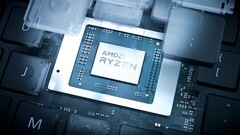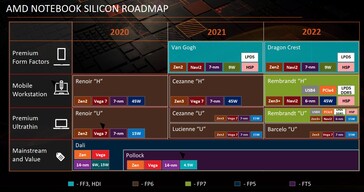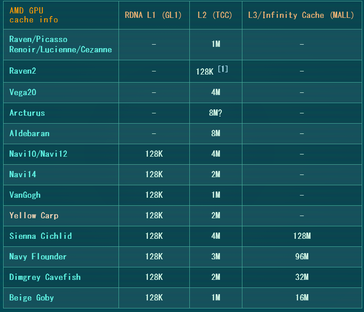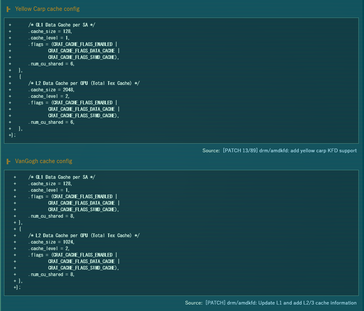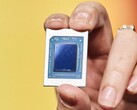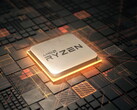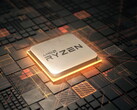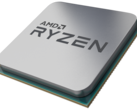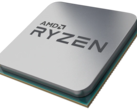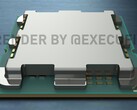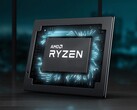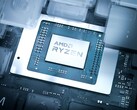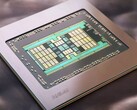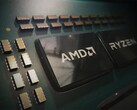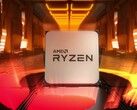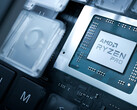AMD is soon expected to introduce two new APUs for laptops — Van Gogh and Rembrandt. While Van Gogh will be a low-power APU around the 9 W TDP mark, Rembrandt-H will be the successor to the current Cezanne APUs and will be a 6 nm Zen 3+ part in the 45 W segment. Both Van Gogh and Rembrandt are expected to sport Navi 2x RDNA 2 iGPUs.
It is well-known that Navi GPUs use Infinity Cache, which can be thought of at a high level as an L3 cache for GPUs, that enables them to get away with using slower GDDR6 memory and smaller memory buses. Recent versions of the AMDKFD Linux kernel driver revealed that Van Gogh APUs will not feature Infinity Cache. Now, we are getting to know that even Rembrandt APUs will not feature it.
Rembrandt, also known as Yellow Carp, will be the first AMD APU to support both LPDDR5 and DDR5 memory. A total of 89 patches to the Linux kernel mode driver were posted revealing new details about AMD's upcoming APU, which were discussed on Coelacanth Dream.
According to these commits, the RDNA 2 iGPU in Rembrandt isn't too different from that of Van Gogh's, but there are some changes to the display engine. Rembrandt's RDNA 2 iGPU will use Display Core Next (DCN) 3.1 unlike Van Gogh, which uses DCN 3.0. DCN 3.1 adds a new clock state called ZState or z9/10. Apparently, this allows added flexibility in switching clocks for more power-savings. Rembrandt's maximum screen output is capped at four similar to what we've seen with Raven Ridge, Picasso, and Renoir.
Additionally, a new kernel fusion driver (KFD) patch further indicates that the RDNA 2 iGPU in Rembrandt will not have an L3 or Infinity Cache similar to Van Gogh, though the size of the caches themselves are different. Also, Van Gogh is said to have eight compute units (CUs) per shader array with a 1 MB L2 cache while Rembrandt will have six CUs per shader array with 2 MB L2 cache, with the added cache possibly translating into improved gaming performance. It must be noted here that we still do not know the total number of CUs on the GPU, but rumors indicate up to 12 CUs for Rembrandt.
Rembrandt will also introduce support for PCIe Gen 4 for both H-series and U-sereis so a change to the FP7 socket is inevitable considering that we will be seeing memory subsystem changes as well. Also on the anvil is USB4 support. AMD is expected to launch Van Gogh sometime later this year followed by Rembrandt in 2022.
Buy the Asus ROG Zephyrus 15 with Ryzen 9 5900HS and RTX 3070 on Amazon
Source(s)
Coelacanth Dream (Japanese) via Videocardz




